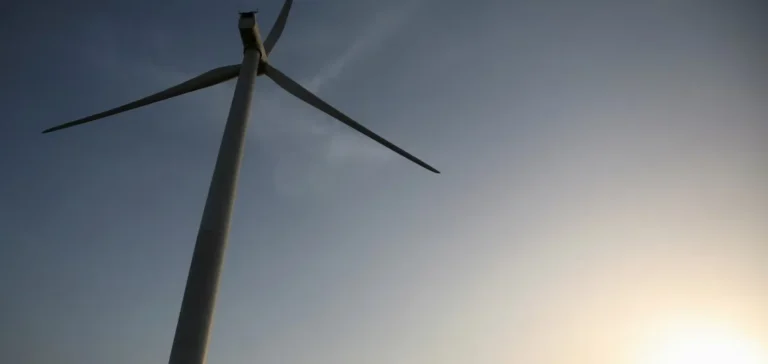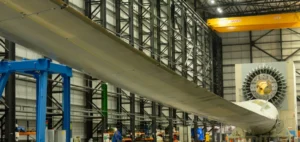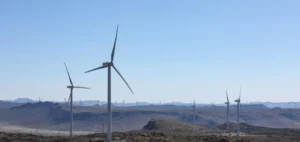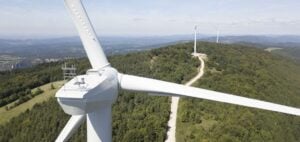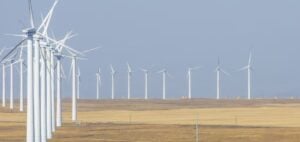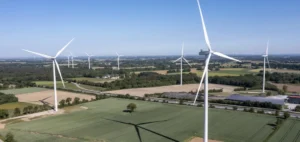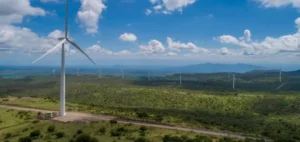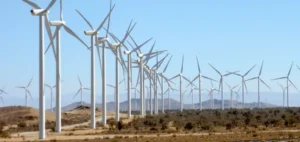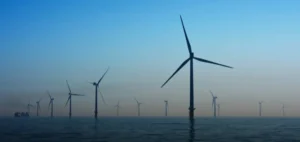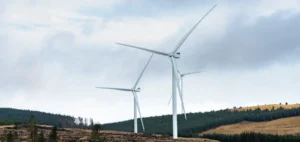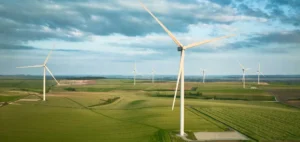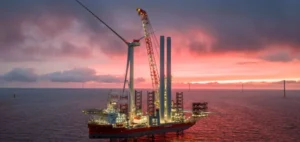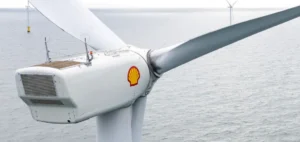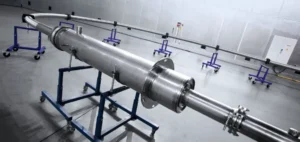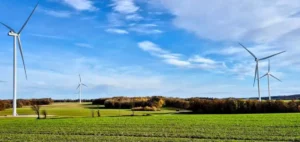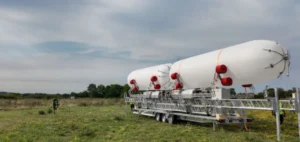GreenIT, an Italian joint venture owned by Plenitude, a subsidiary of the Eni group, and CDP Equity, the investment arm of the CDP group, has signed a €370 million ($396mn) financing agreement to support the development of renewable energy projects in Italy. The transaction aims to strengthen the company’s installed capacity to reach 1GW by 2030, in line with its industrial plan.
A financing structure aligned with Green Loan Principles
The financing complies with Green Loan Principles and is structured as a flexible long-term facility to support the construction phase of new greenfield onshore projects, expected to be completed by 2028. This transaction is part of GreenIT’s industrial strategy focused on developing pre-construction renewable assets.
The European Investment Bank (EIB) contributed €220 million ($235mn), including €180 million in direct loans and €40 million via financial intermediaries. The remainder was provided by a group of European banks with branches in Milan, including BNP Paribas, Crédit Agricole Corporate & Investment Bank, ING Bank, and Société Générale.
Resources dedicated to organic growth
The financing specifically targets a portfolio of onshore wind projects located across Italy at various stages of development. These non-operational assets are expected to enter the construction phase in the short and medium term, in line with GreenIT’s organic growth strategy.
GreenIT Chief Executive Officer Paolo Bellucci stated that the transaction would “strengthen the company’s financial structure”. He also indicated that the confidence shown by the lending institutions confirmed “GreenIT’s long-term strategic vision”.
Institutional backing in a competitive market
The EIB’s involvement reinforces GreenIT’s position in an increasingly competitive sector dominated by large-scale projects backed by European institutions. The company plans to focus its resources on projects primarily located in southern Italy, a region favourable to onshore wind due to its climatic and land conditions.
GreenIT’s portfolio includes only development-phase assets, allowing greater flexibility in design and execution. Initial construction is expected to begin next year, with a gradual ramp-up through 2028.


